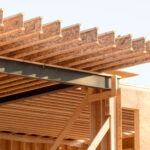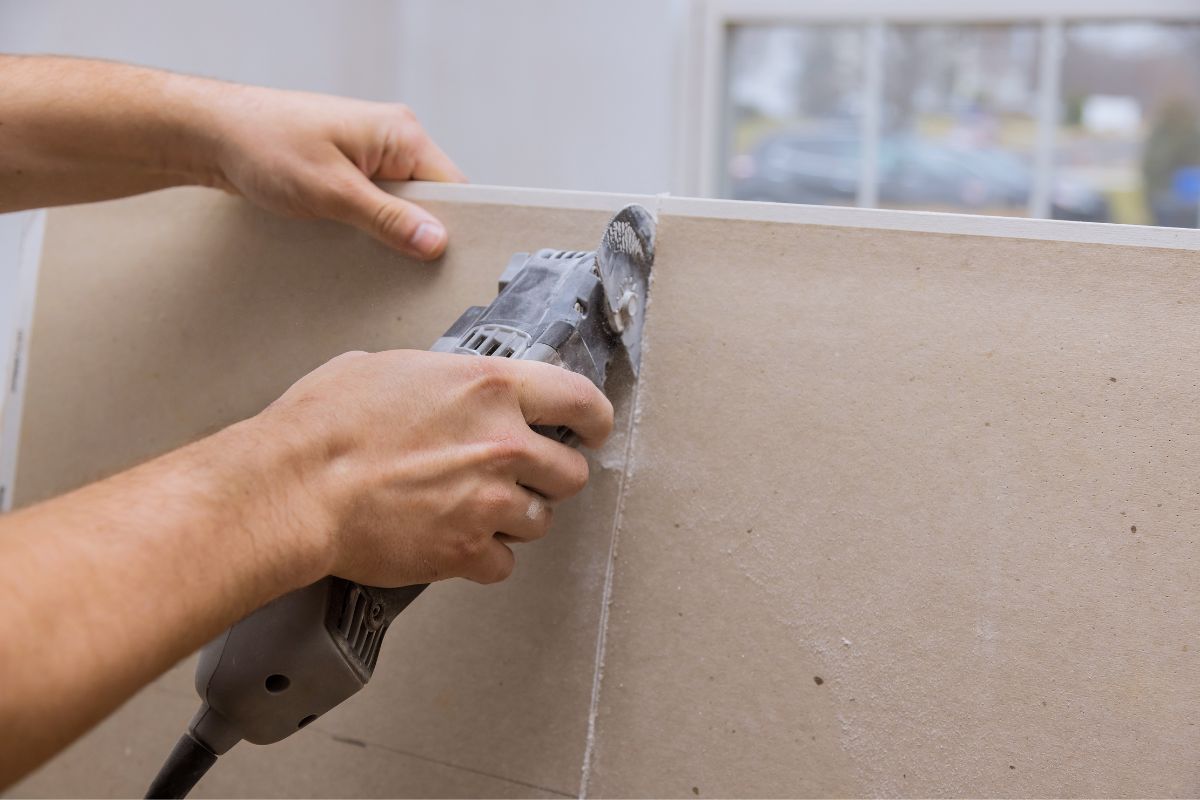If you’ve ever looked at a building and wondered about the short wall at the edge of the roofline, you’re likely looking at a parapet.
A parapet is a low wall that extends above the roofline of a building and is commonly found on flat roofs.
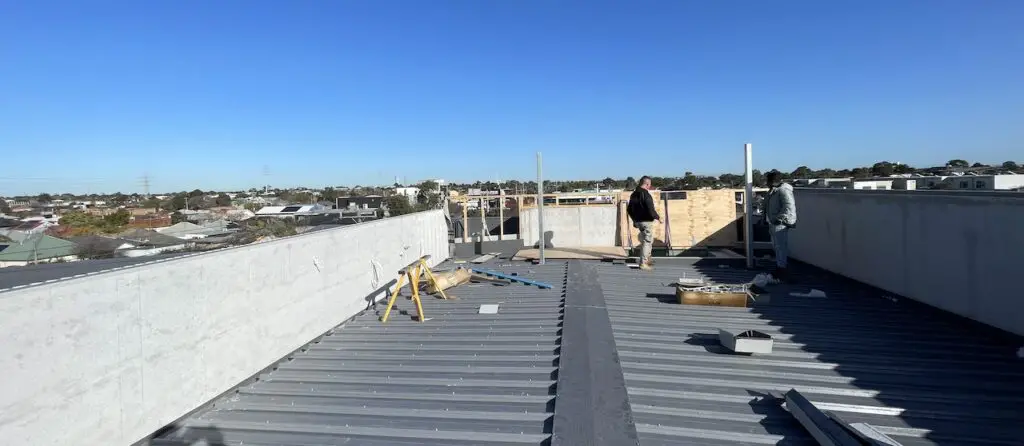
The purpose of a parapet is twofold. Firstly, it provides a protective barrier to prevent people from accidentally falling off the roof. Secondly, it serves an aesthetic purpose, as it can add interest and variety to a building’s design.
Parapets come in many different shapes and sizes, but all serve the same purpose. A parapet wall can be made of various materials, such as brick, stone, or metal, and can be designed in a variety of ways. Some parapets are purely decorative and require no structural support, while others are integral to the building’s overall stability.
In short, a parapet is an essential architectural feature that combines both function and form, ensuring safety and adding visual interest to a building’s design.
The Design and Utility of Parapets
Parapets are much more than simple wall extensions. They serve multiple purposes in both the design and construction of a building. They provide safety, structural integrity, and aesthetic value. Let’s explore some of the different types of parapets and their uses.
Parapet Design
Parapets come in various designs and styles, ranging from plain and simple to ornate and decorative. Some designs provide additional functions, such as drainage, ventilation, and noise reduction. The materials used for parapets also vary, including brick, stone, concrete, glass, and metal.
Types of Parapets
There are several types of parapets used in construction, each with its unique benefits and purposes. These include:
- Low Parapets: These are typically less than 3 feet in height and serve primarily as wind barriers. They are often found on roofs, balconies, and terraces.
- Full-Height Parapets: These are taller than 3 feet and extend above the roofline. They provide additional safety and privacy while also serving as a decorative feature.
- Decorative Parapets: These parapets add an extra level of aesthetics to the building. They come in varied designs and shapes, can be curved or straight, and can serve as a focal point for the building’s architecture.
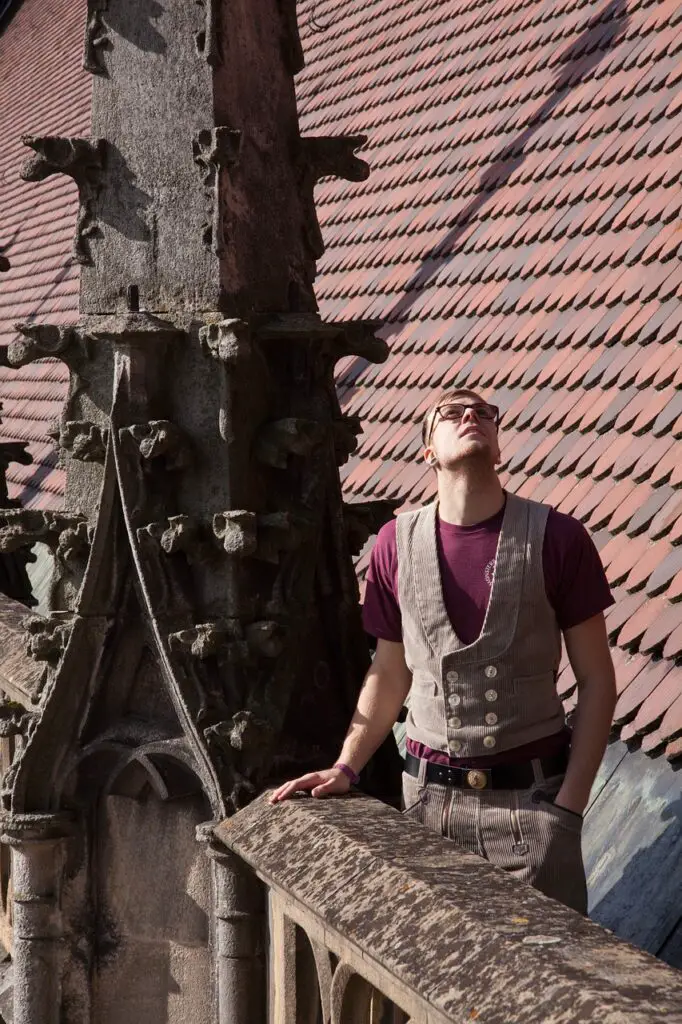
Parapets in Construction
Parapets serve an essential structural function in buildings, preventing water from entering and helping to resist wind loads. They also protect the roof from winds, rain, and other environmental factors. Proper installation of a parapet ensures that the roof stays dry, preventing leaks and extending the life of the roofing system.
In addition, parapets can help to prevent falls, particularly for those working on the roof. They act as a barrier, preventing people from accidentally falling off the edge of the roof. They also provide a place to install safety equipment, like tie-off points, to help protect those working on the roof.
Parapets also play an essential role in fire safety. They can act as a barrier to prevent the spread of fires from one building to another. They also provide a place for firefighters to attach hoses and access the building’s rooftop.
In conclusion, parapets are a crucial feature in modern building design and construction. They serve multiple functions, from safety to aesthetics, and their design and materials can vary widely. Understanding the different types of parapets and their uses can help you appreciate their importance in building design and construction.

Historical Significance of Parapets
The history of parapets is as fascinating as the structures themselves. In ancient times, parapets were primarily used for defensive purposes. They were built atop walls and fortifications to protect soldiers from enemy attacks. The earliest known example of a parapet dates back to the 26th century BCE in ancient Egypt.
During the medieval period, parapets evolved from pure defense structures to more decorative architectural features. In Gothic architecture, parapets were often adorned with intricate carvings and sculptures.
Ancient Parapets
Ancient parapets were constructed with the primary purpose of providing protection in battle. They featured loopholes through which soldiers could fire arrows and other weapons at the enemy, while still remaining shielded from their attacks.
The ancient Egyptians were one of the earliest civilizations to use parapets extensively in their architecture. The walls of the Karnak temple complex in Luxor, Egypt, feature numerous parapets with loopholes for soldiers to defend the complex.
Parapets in Medieval Architecture
The use of parapets continued to evolve during the Middle Ages. In medieval times, parapets were used to protect soldiers from falling off castle walls and also to provide defense against enemy attacks. They were often built with crenellations – alternating sections of wall and open space – to allow soldiers to shoot arrows and other weapons.
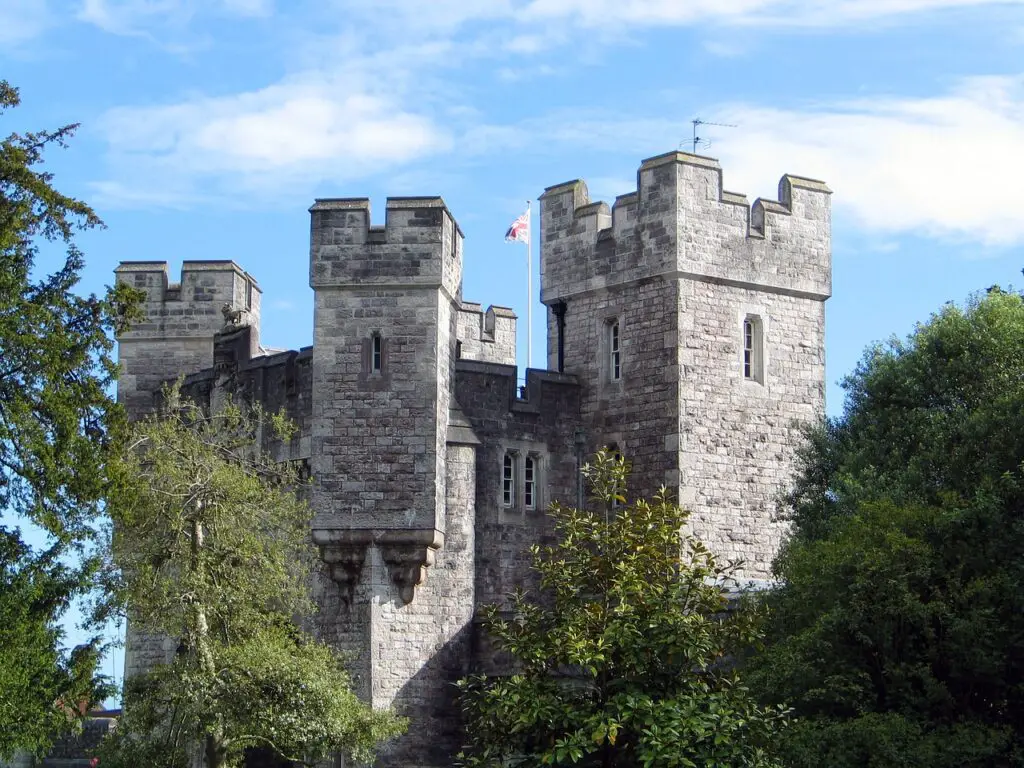
In medieval Europe, parapets became more ornate and decorative. Gothic architecture featured parapets with pointed arches and intricate carvings. Some of the most famous examples of medieval parapets can be found in the castles of Germany, such as the Hohenzollern Castle and the Lichtenstein Castle.
Today, parapets continue to be an essential architectural feature in many buildings. While they are no longer primarily used for defensive purposes, parapets play a crucial role in enhancing the safety and aesthetics of a structure. From their humble beginnings as defensive fortifications to their current status as decorative architectural features, the history of parapets is a testament to their enduring significance in architecture.
Conclusion
In conclusion, parapets are an integral feature of many buildings, serving multiple purposes including safety, aesthetics, and structural integrity.
Understanding Parapet Design
By exploring the design elements and utility of parapets, we can gain a better understanding of their importance in construction. Different types of parapets are utilized to achieve specific design goals, such as providing a barrier against falls, improving the building’s appearance, or providing additional support to the structure.
Appreciating Parapets Historical Significance
Throughout history, parapets have played a vital role in architectural design. They have been used in ancient and medieval architecture to protect against enemy attacks and provide an additional layer of defense. Over the centuries, parapets have evolved in terms of their design, functionality, and materials, but their significance remains just as important today as it was in the past.
Understanding the importance and significance of parapets in architecture can help architects and designers create visually appealing structures that are also structurally sound and safe for occupants.
- What Kind of Room Has No Doors or Windows? - December 1, 2023
- What is a Powder Room? - December 1, 2023
- What Is a Kitchenette: Exploring the Features and Benefits of a Compact Kitchen - December 1, 2023





